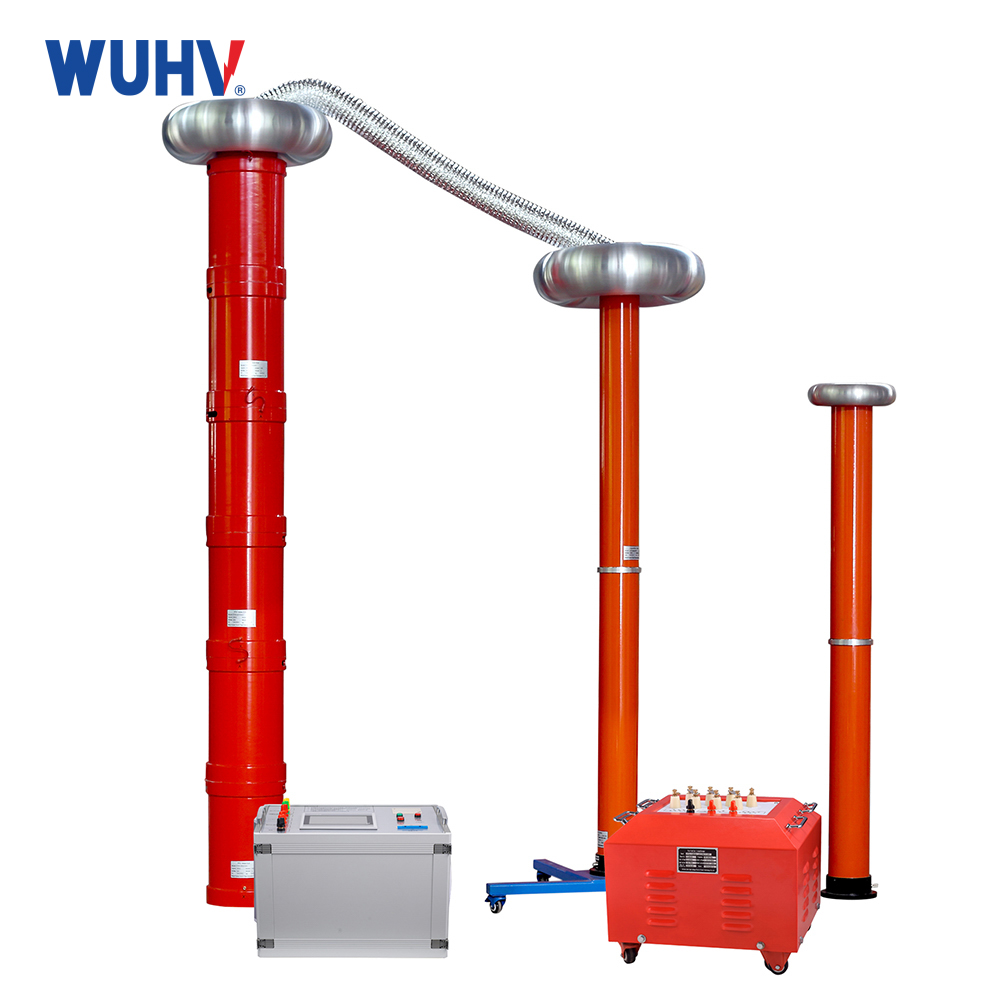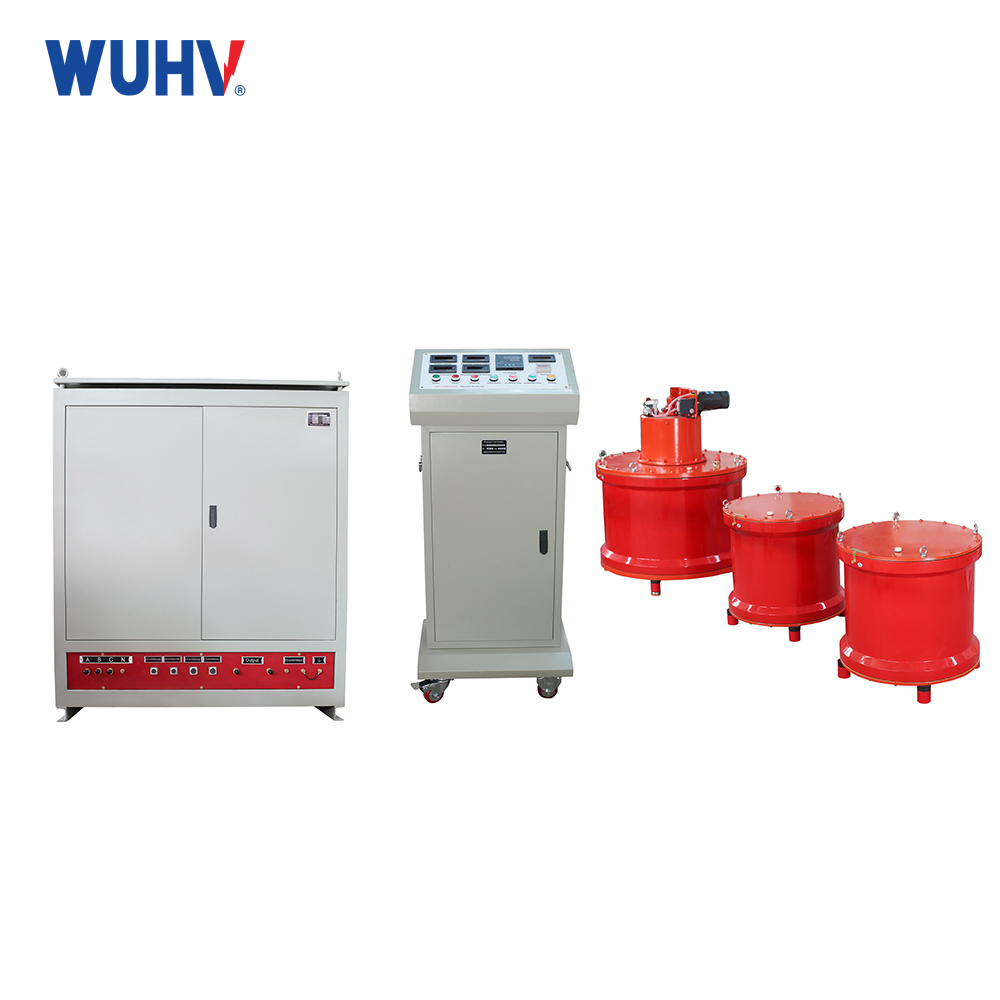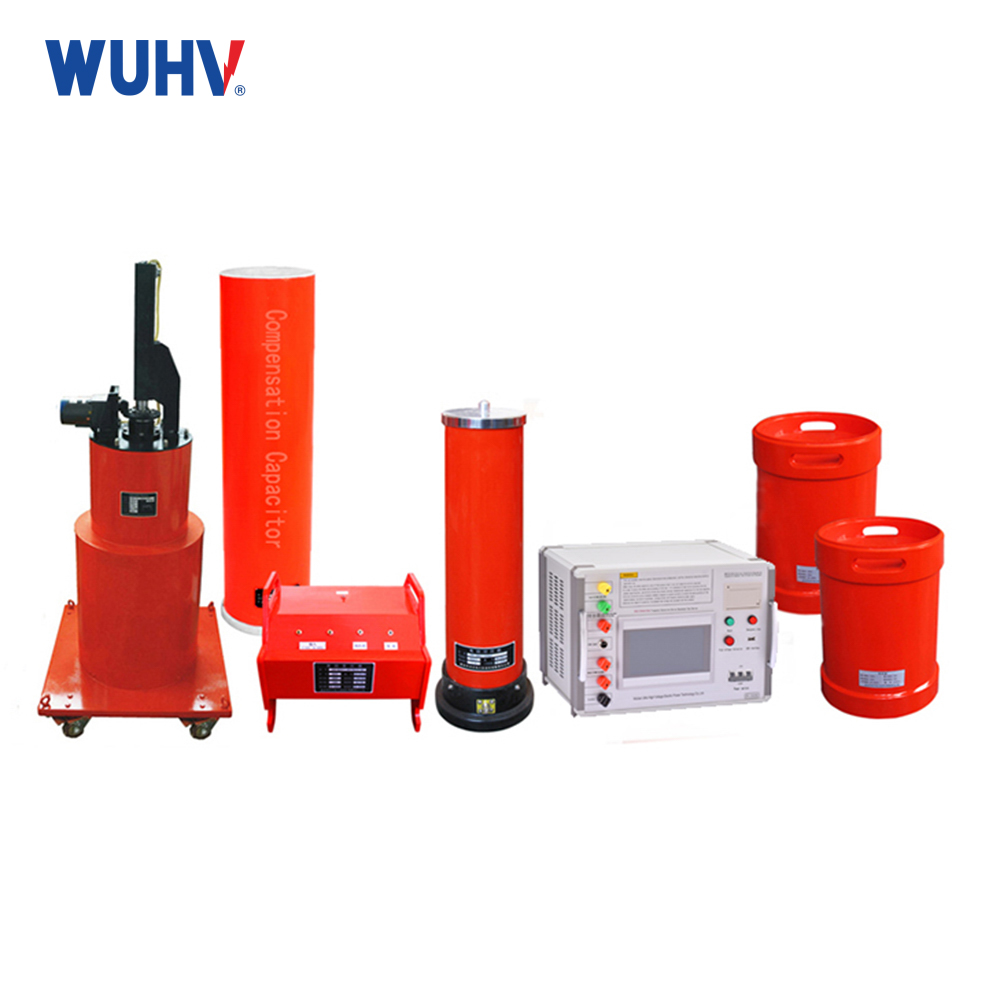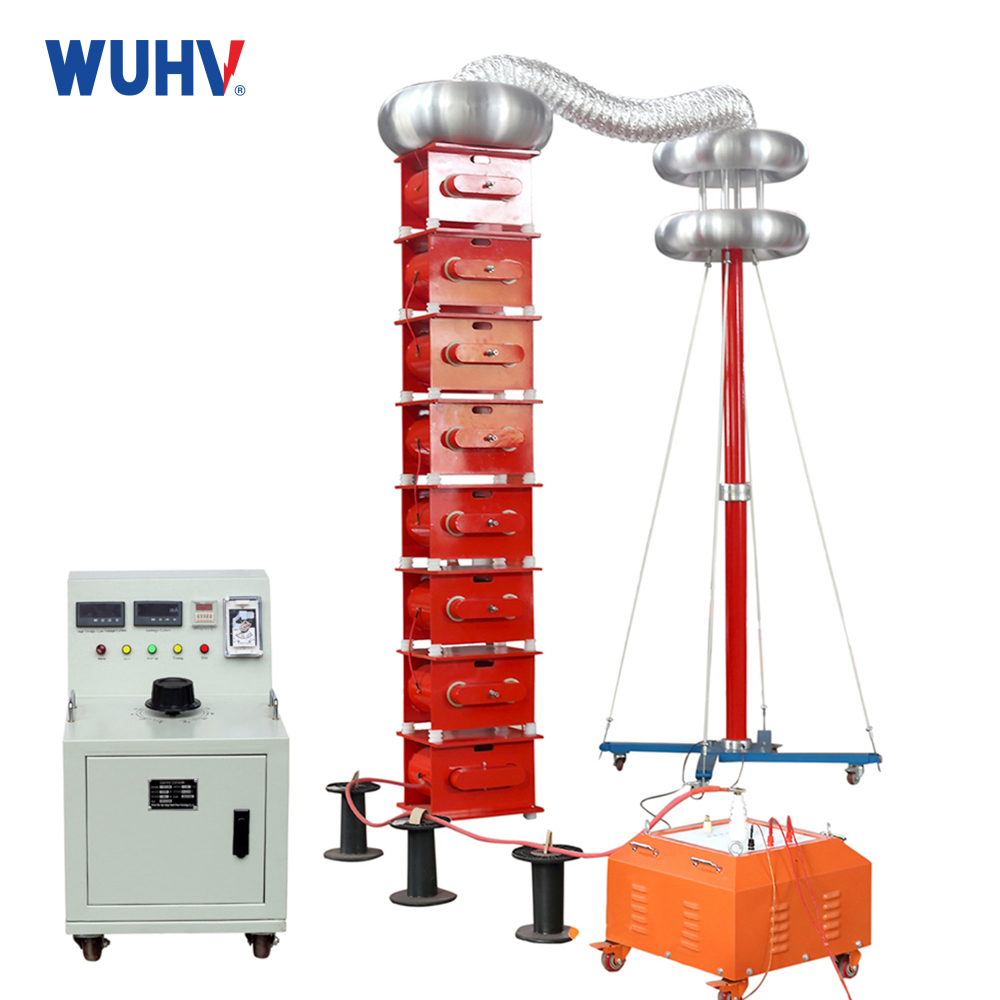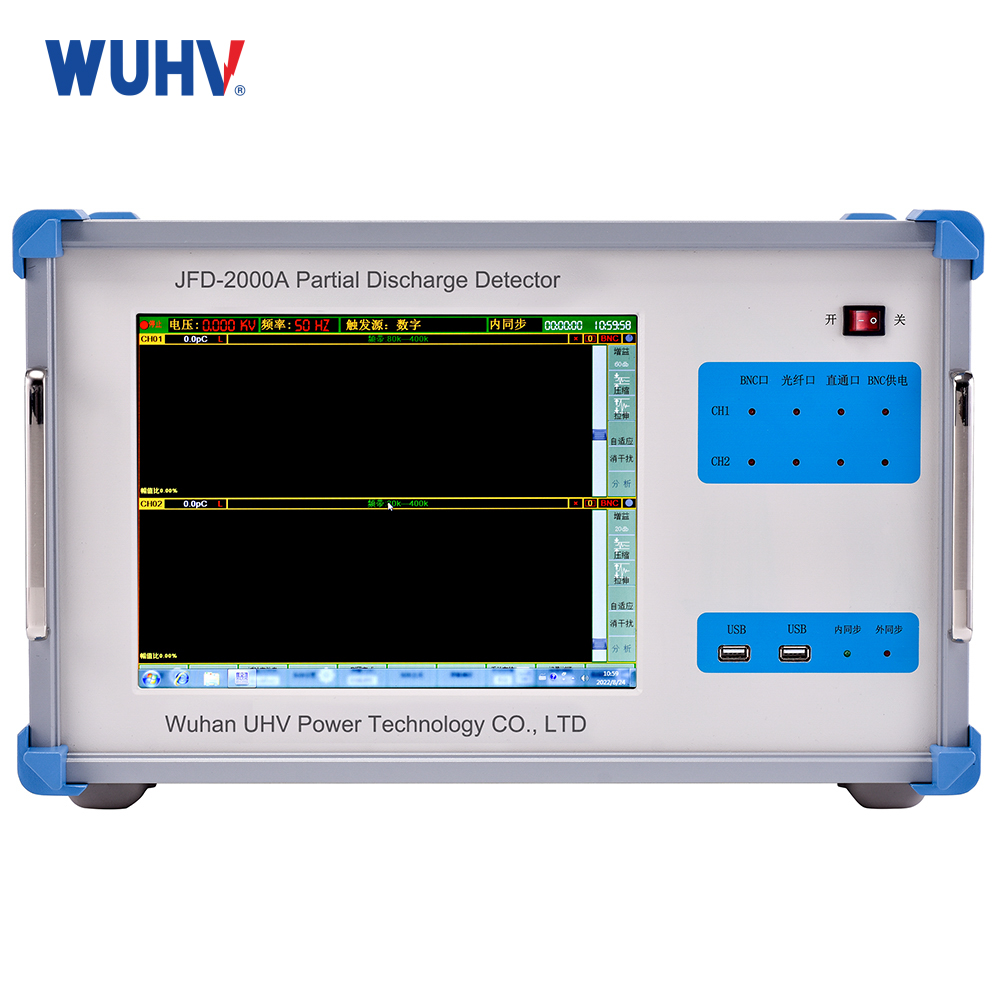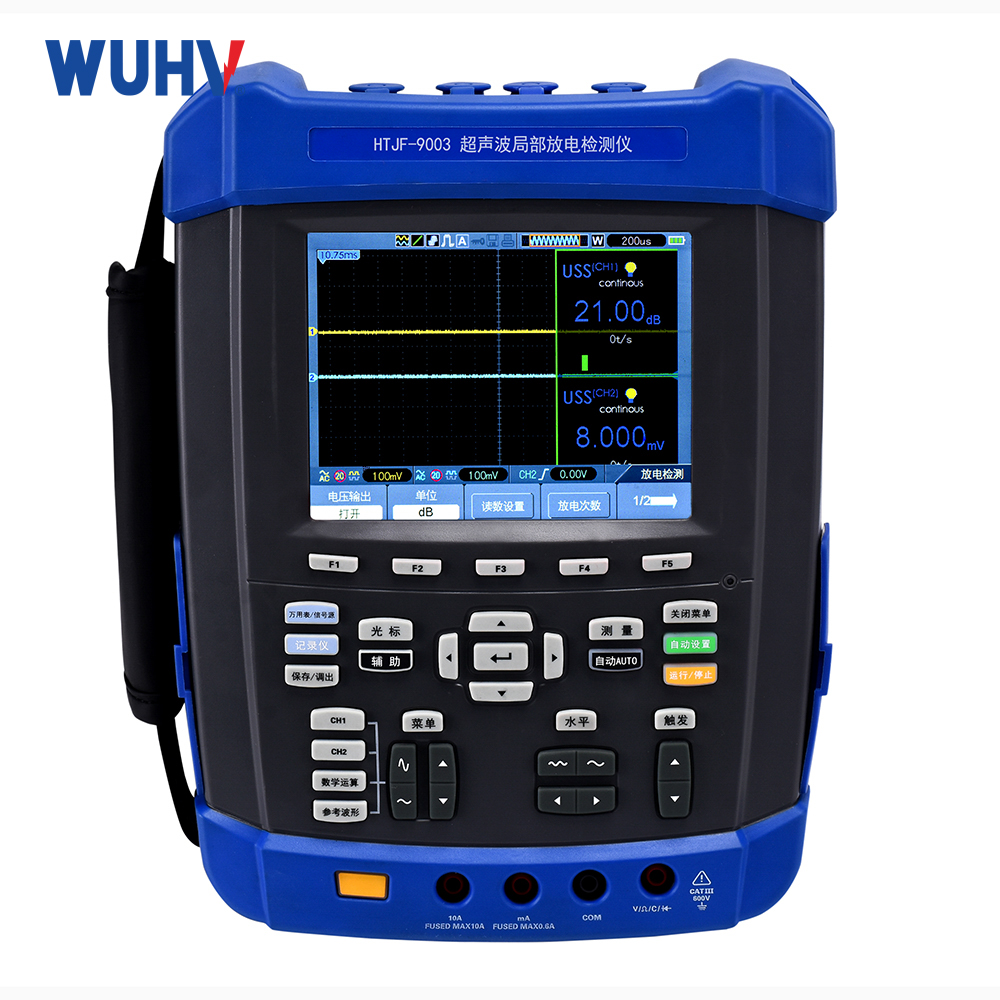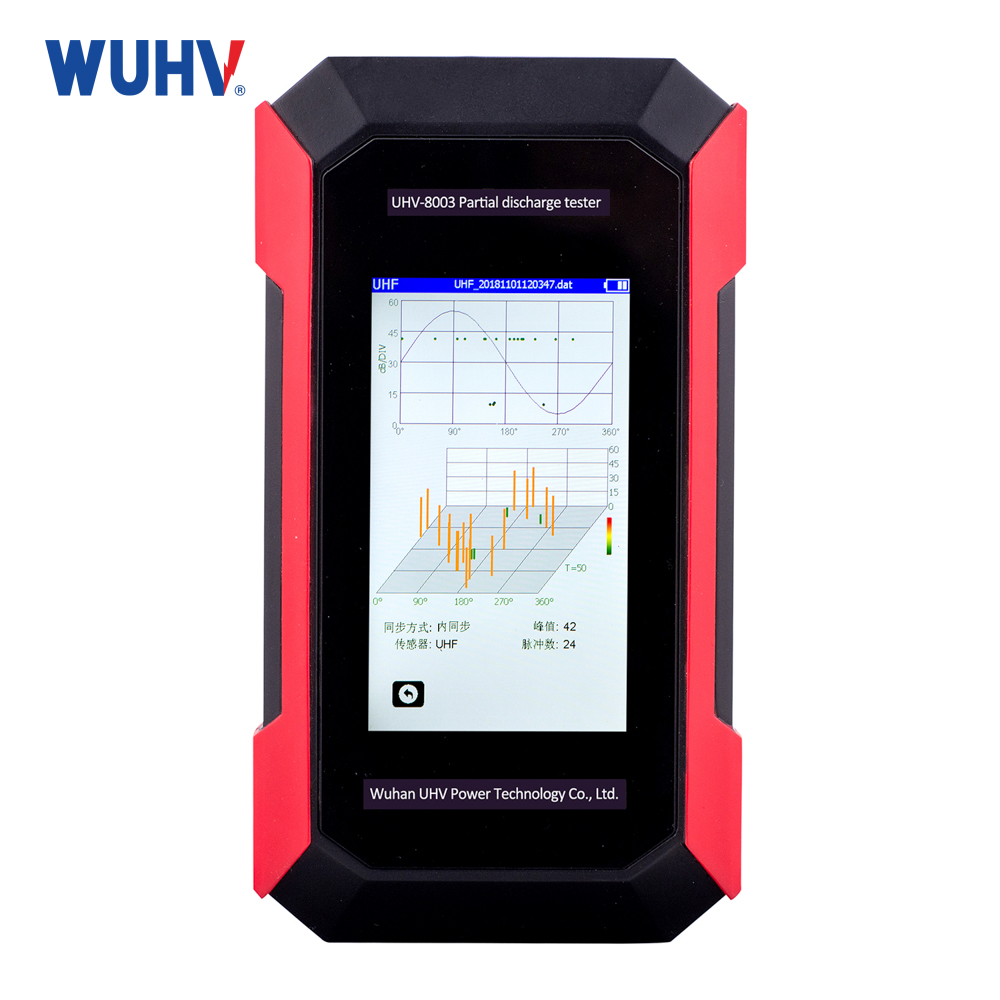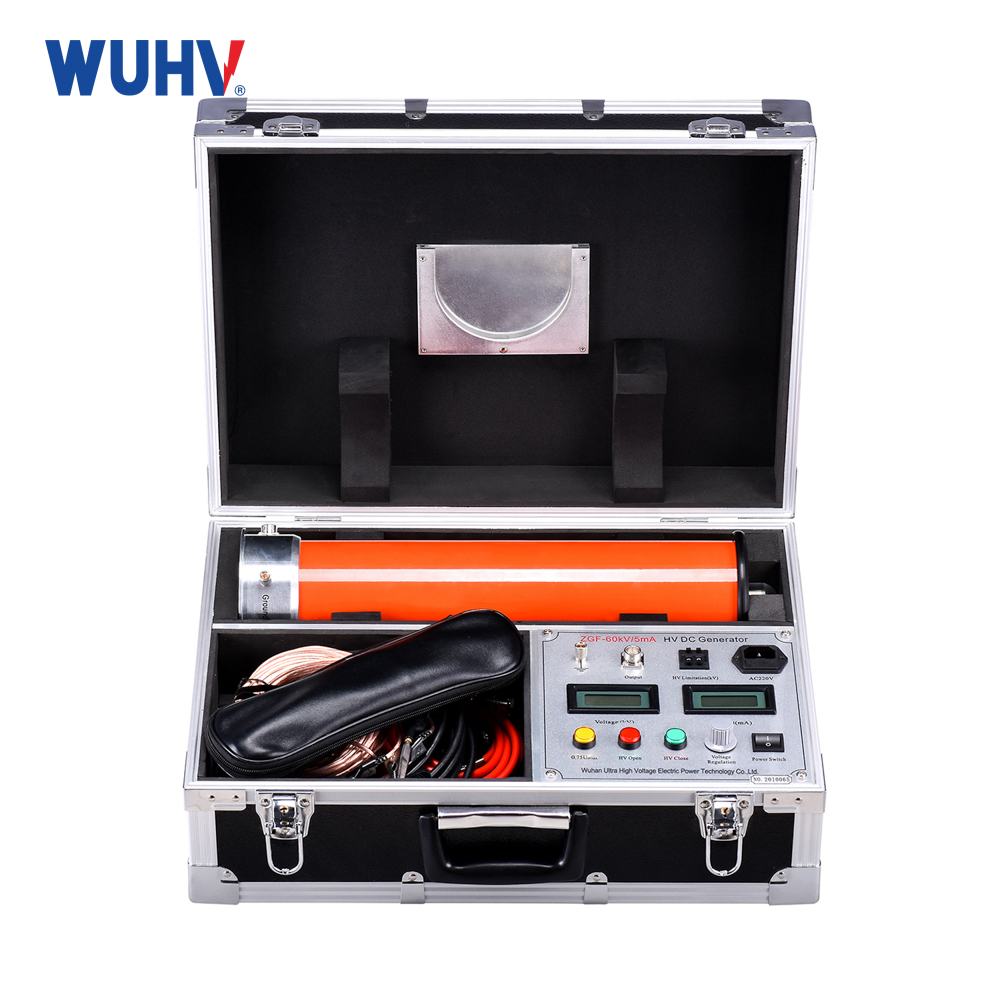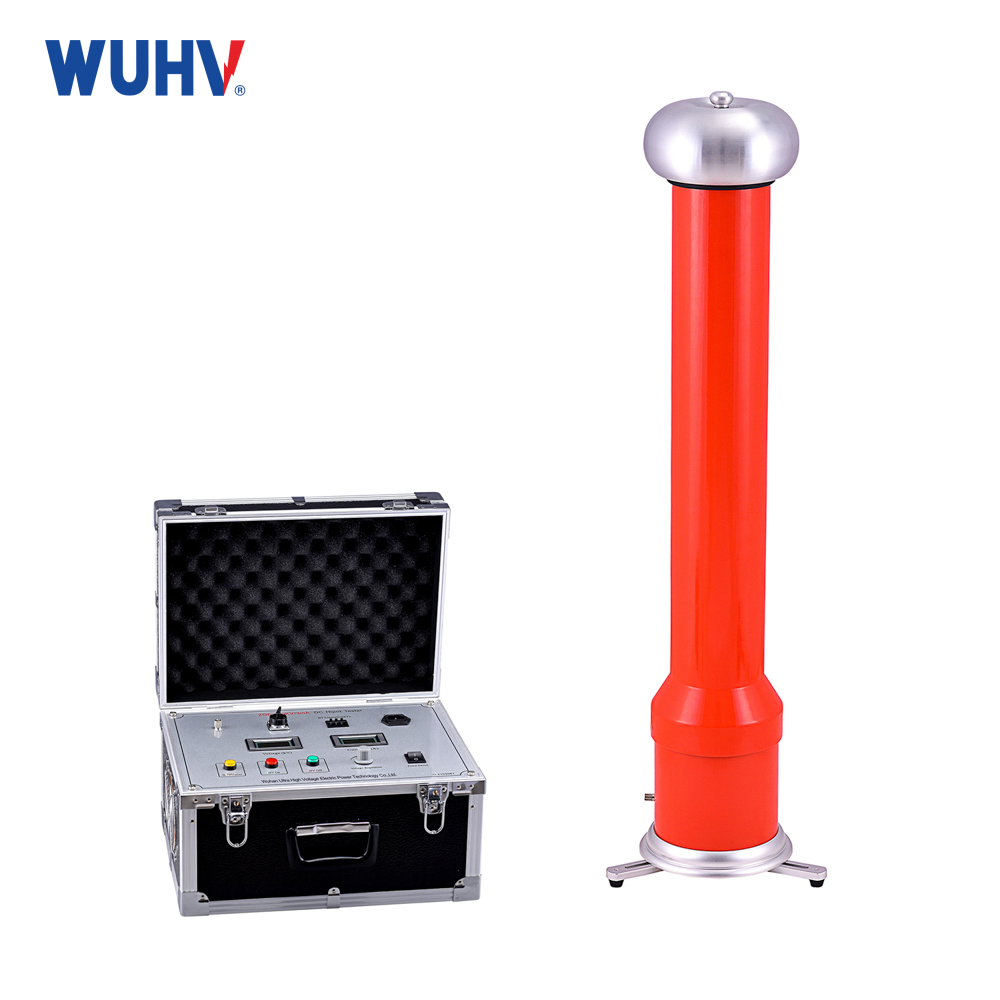The insulation resistance testerunder UHV power can help many power workers conduct various power tests more conveniently.
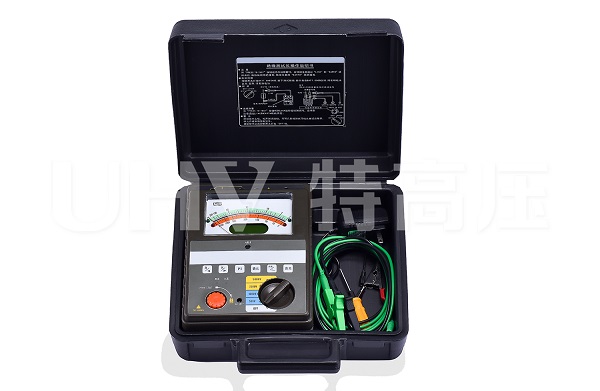
Insulation diagnosis is an important means of detecting insulation defects or faults in electrical equipment. The pointer type insulation resistance tester is a specialized instrument for measuring insulation resistance. At present, electrical equipment is developing towards high capacity, high voltage, diversified structure, and sealing.
Operation and wiring method of pointer type insulation resistance tester:
1) Before the experiment, the power supply and all external connections of the test equipment should be disconnected, and the test substance should be short circuited to ground and discharged for 1 minute. If the capacitance is large, it should be discharged for at least 2 minutes to avoid electric shock affecting the measurement results.
2) Check if the instrument pointer is at infinity or adjust the mechanical zero screw.
Attention: When adjusting the mechanical zero adjustment screw, the left and right adjustment should be half a turn.
3) Wipe off the dirt on the surface of the tested object with a dry and clean soft cloth, and if necessary, clean the dirt on the surface of the sleeve with gasoline to eliminate the influence of surface leakage current on the test results.
4) Insert the high voltage test wire (red) into one end of the LINE, connect the other end of the probe or probe hook to the high voltage conductor of the tested equipment, insert the test wire (green) into the GUARD end, and connect the other end to the high voltage protection ring of the tested equipment to eliminate the influence of surface leakage current. Insert another black test wire into the EARTH end and connect the other end to the casing or ground of the device under test.
Precautions for using pointer type insulation resistance tester
1. Do not measure circuits with AC/DC voltages above 600V.
2. Do not test in flammable areas, activation may cause explosions.
3. Do not operate the instrument when the surface is damp or the operator's hands are wet.
4. Do not touch the conductive part of the test pen during measurement.
Do not press the TEST button when the TEST line is short circuited to the instrument.
Do not open the battery cover during measurement.
7. During insulation measurement, do not touch the tested circuit.
8. Before measuring resistance, the tested circuit must be completely discharged and isolated from the power supply circuit.
9. If the probes or power adapter are damaged and the power supply needs to be replaced, it is necessary to replace the probes and power adapter with the same model and electrical specifications.
10. Do not use the instrument when the battery level indicator light shows that the battery is depleted. If the instrument is not used for a long time, please remove and store the battery.
11. Do not store or use this instrument in high temperature, high humidity, flammable, explosive, or strong electromagnetic fields.
12. Please use a damp cloth or cleaning agent to clean the instrument casing. Do not use abrasives or solvents.
13. When the instrument is damp, please wipe it dry before storing it.


